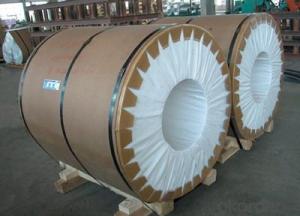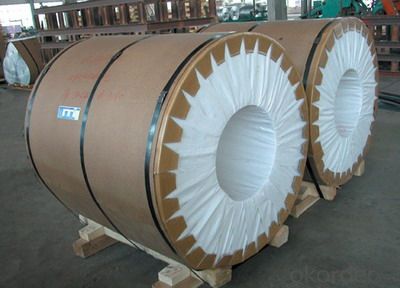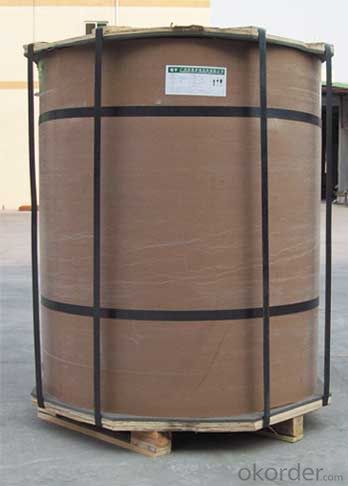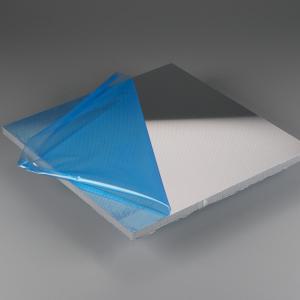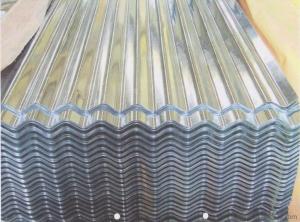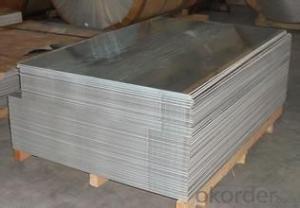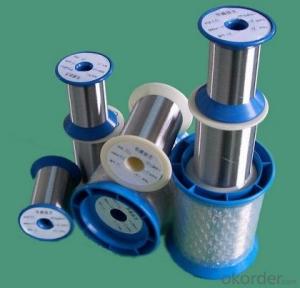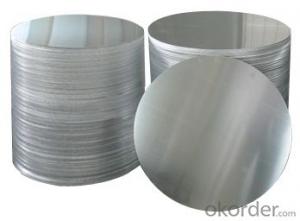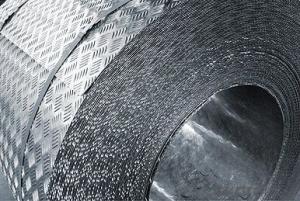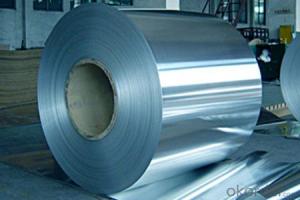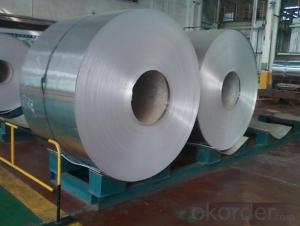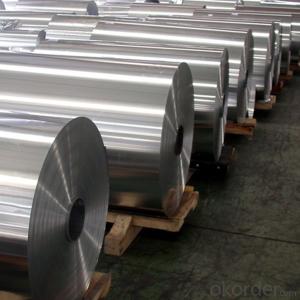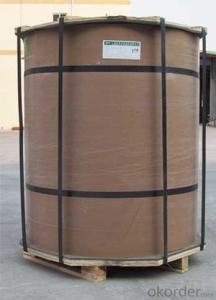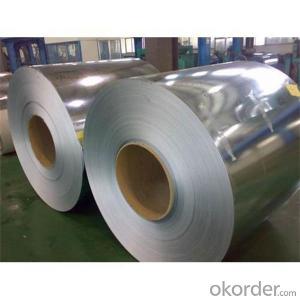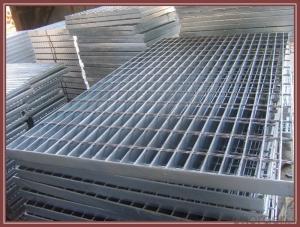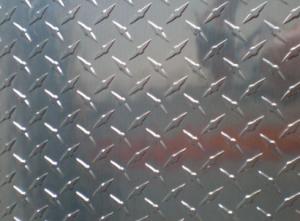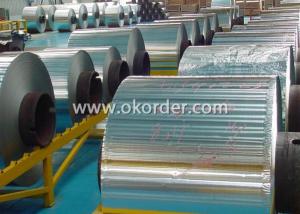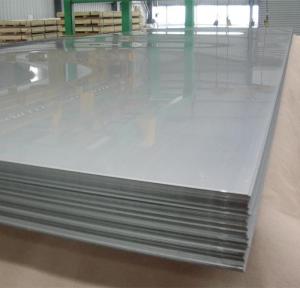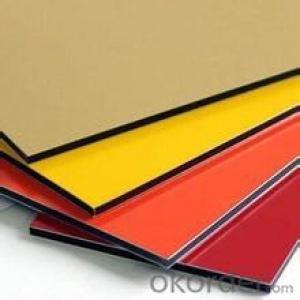Aluminum Foil Sheets AA5083 Hot Rolled Aluminium Coils for Ships Building
- Loading Port:
- Shanghai
- Payment Terms:
- TT OR LC
- Min Order Qty:
- 5 m.t.
- Supply Capability:
- 50000 m.t./month
OKorder Service Pledge
OKorder Financial Service
You Might Also Like
Specification
1.Structure of Hot Rolled Aluminium Coils for Ships Building AA5083
Hot Rolled Aluminium Coils for Ships Building AA5083 is one semi-finished aluminium material. This strip can be rolled down to aluminium coil,sheet,circle ect. The alloy AA1050 is widly used in building, industry ect. Its weight is much lower than steel. So many customers choosed aluminium material instead of steel.
2. Main features of Hot Rolled Aluminium Coils for Ships Building AA5083
a.Competitive price---We have our own mills and can produce mill finished aluminium coils, so we can control the production cost better.
b.Professional after-sale service---We have more than 15 years exportation experience and you need not worry about the exporation problems.
c.Fast delivery time---We can control the delivery time within 35 days.
3. Image
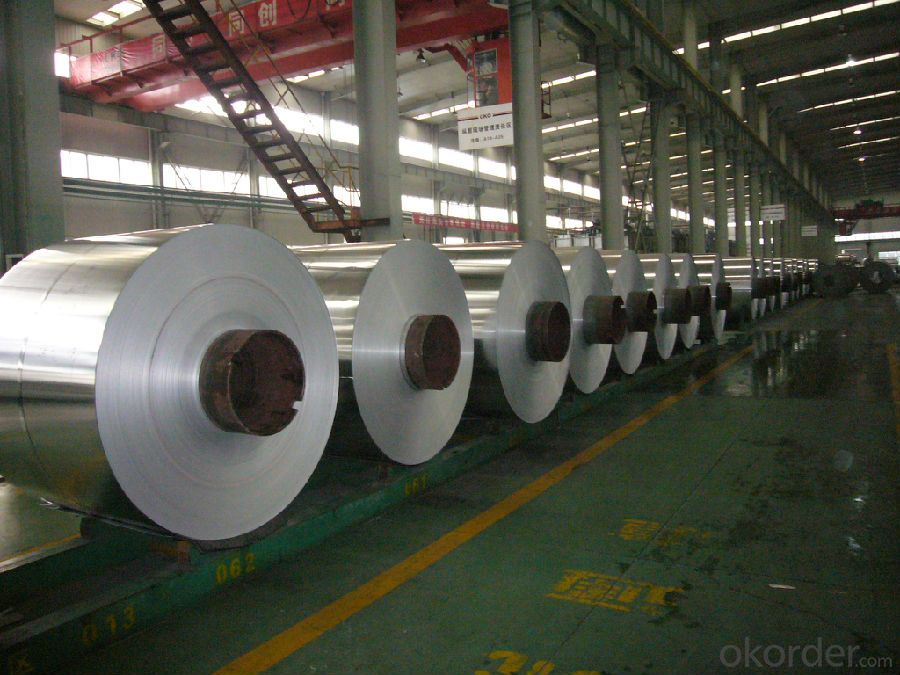
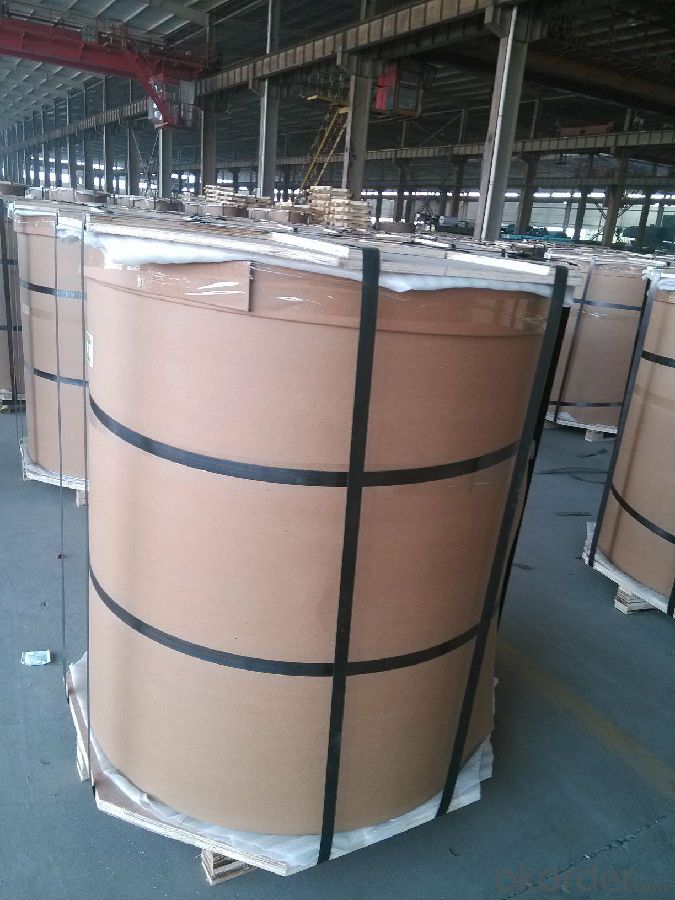

4. Product Specification of Hot Rolled Aluminium Coils for Ships Building AA5083
| Alloy | Temper | Thickness | Width | Weight |
| AA5083 | H14 | 0.2MM-3MM | 1000MM-1800MM | 2 TONS |
5.FAQ:
What is the quality standard?
---Usually our standard is GB3880-2006
What is the largest width?
---It is 2300mm
What is the MOQ?
---Usually we can accept 80 tons.
- Q: Can aluminum sheet be used for electrical grounding applications?
- Yes, aluminum sheet can be used for electrical grounding applications. Aluminum is a good conductor of electricity and is commonly used in electrical grounding systems due to its low resistance and cost-effectiveness.
- Q: This question asks for the cost of an aluminum sheet.
- <p>The cost of aluminum sheets can vary significantly based on factors such as thickness, grade, surface finish, and market conditions. As of my last update, the price range for aluminum sheets could be anywhere from $0.50 to $5 per pound, but this is subject to change. For the most accurate and current pricing, it's best to check with suppliers or on metal exchange platforms, as prices can fluctuate daily. Always consider the specific requirements of your project to determine the exact type and grade of aluminum needed, which will also affect the cost.</p>
- Q: What is the tensile strength of aluminum sheets?
- The tensile strength of aluminum sheets may differ based on the specific alloy and temper of the material. On average, aluminum sheets generally exhibit a tensile strength between 10,000 and 45,000 pounds per square inch (psi). It should be noted that the tensile strength of aluminum sheets varies depending on the grade and thickness. Moreover, factors like heat treatment, processing, and alloy composition can influence the tensile strength of aluminum sheets. Hence, consulting the manufacturer's specifications or conducting specific tests becomes necessary to ascertain the exact tensile strength of a particular aluminum sheet.
- Q: 1mm the aluminum plate is pulled to the height of 45mm. Can I pull it out at 1? How much space should I put in?
- Aluminum sheet material, 1100, 1060, 3003, 5052, 5083, 6061, 8011, 7075 and so on.The thickness of aluminum plate is 0.15mm-500mm, width is 100mm-2000mm, length is: 1000mm-9000mm,Aluminum roll thickness is 0.05mm-15mm, width is: 15mm-2000mmThickness of insulated aluminium plate: 0.3mm-0.9mm width: 500mm-1000mm length: no limitNon slip pattern aluminum plate thickness: 1mm-10mm width: 1000mm-1500mm length: 2000-3000mmEmbossed aluminum plate thickness: 0.1mm-0.9mm width: 500mm-1200mm length: UnlimitedAluminum tube specification: outside diameter range: Phi 3mm to Phi 500mm, wall thickness range: 3mm ~ 50mm, aluminum square tube specification: 10mm*10mm to 200mm*200mm, wall thickness range: 3mm ~ 20mm
- Q: Is it possible to use aluminum sheets for creating roofing tiles?
- <p>Yes, you can use aluminum sheets to make roofing tiles. Aluminum is a popular material for roofing due to its durability, lightweight, and resistance to corrosion. It can be shaped into various styles and sizes to mimic traditional roofing materials like clay or slate. Aluminum roofing tiles are also known for their energy efficiency, as they reflect heat and can help reduce cooling costs. However, it's important to ensure that the aluminum sheets are of good quality and installed correctly to achieve the desired performance and longevity.</p>
- Q: This question asks for a list of various methods used to treat the surface of aluminum sheets to improve their properties or appearance.
- <p>There are several types of surface treatment for aluminum sheets, each serving different purposes. These include: Anodizing, which creates a protective oxide layer and enhances corrosion resistance; Chemical Conversion Coating, such as chromate conversion, to improve paint adhesion and corrosion resistance; Electrolytic Polishing, which provides a smooth, shiny surface; Powder Coating, an electrostatic process that applies a durable coating; Paint Coating, offering a wide range of colors and finishes; and Mechanical Polishing, which smooths the surface and improves reflectivity. Each treatment has its specific applications and benefits, depending on the desired outcome for the aluminum sheet.</p>
- Q: Are the aluminum sheets suitable for manufacturing architectural ceiling panels?
- Yes, aluminum sheets are suitable for manufacturing architectural ceiling panels due to their lightweight properties, durability, and corrosion resistance. Additionally, aluminum sheets can be easily formed, cut, and fabricated into various shapes and designs, making them a popular choice for ceiling panels in architectural applications.
- Q: a 1 kg block of aluminum and a 1 kg block of lead are immersed in water, Both sink, but which experienced the greater buoyant force? Why?
- Buoyant force = weight of water displaced The thing that affects the weight displaced is the volume of the metal blocks. Both Aluminum and Lead have the same mass (1kg) but Lead is more dense than Aluminum (11.34g/cm^3 vs 2.70g/cm^3). As such, the 1kg of Aluminum has a greater volume than Lead and hence experienced the greater buoyant force.
- Q: Are aluminum sheets suitable for thermal insulation?
- No, aluminum sheets are not suitable for thermal insulation as they have high thermal conductivity, meaning they are not effective in preventing heat transfer.
- Q: Can aluminum sheets be stamped or pressed?
- Yes, aluminum sheets can be stamped or pressed. Aluminum is a highly malleable metal that can be easily shaped and formed through various manufacturing processes. Stamping and pressing are commonly used techniques to create intricate designs, shapes, and patterns on aluminum sheets. These processes involve applying pressure to the sheet using specialized equipment, such as stamping presses or hydraulic presses, to deform the material and create the desired shape. Stamping and pressing are widely used in industries such as automotive, aerospace, construction, and manufacturing, where aluminum sheets are often used for their lightweight, durable, and corrosion-resistant properties.
Send your message to us
Aluminum Foil Sheets AA5083 Hot Rolled Aluminium Coils for Ships Building
- Loading Port:
- Shanghai
- Payment Terms:
- TT OR LC
- Min Order Qty:
- 5 m.t.
- Supply Capability:
- 50000 m.t./month
OKorder Service Pledge
OKorder Financial Service
Similar products
Hot products
Hot Searches
Related keywords
